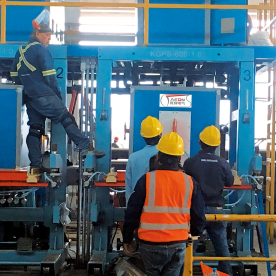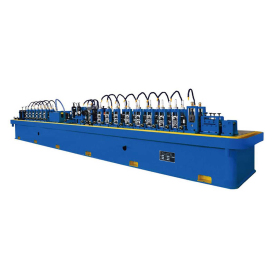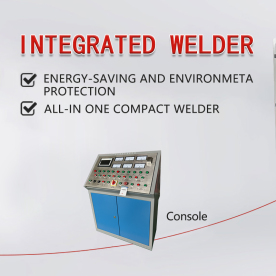[High frequency welder for metal]Unlocking the Efficiency of Metal Welding: The Role of High Frequency Welders in Modern Manufacturing Processes
News 2025-1-11
In the realm of metalworking, the importance of welding technologies cannot be overstated. Among the various methods available, high frequency welding has risen to prominence as a highly efficient technique that provides superior results for manufacturers. A high frequency welder specifically utilizes electromagnetic energy to join metals, ensuring stronger and more reliable bonds. This article will delve into the mechanics, benefits, applications, and future of high frequency welders in metal fabrication.
Understanding High Frequency Welding
High frequency welding, also known as high frequency induction welding, employs electromagnetic waves to generate heat within the metal components being joined. By passing a high-frequency electrical current through an induction coil placed around the metal, localized heating occurs. This rapid heating process softens the metal, allowing for the seamless joining of components when pressure is applied. This method is particularly effective with materials such as stainless steel, aluminum, and copper, making it a versatile choice for various industries.
Advantages of High Frequency Welders
1. **Speed and Efficiency**: One of the most significant advantages of high frequency welding is its speed. Unlike traditional welding methods that may take longer due to the need for preheating and post-weld processing, high frequency welding allows for rapid production cycles. This can significantly reduce labor and operational costs, especially in high-volume manufacturing settings.

Unlocking the Efficiency of Metal Welding: The Role of High Frequency Welders in Modern Manufacturing Processes
3. **Energy Efficiency**: This welding method is known for its lower energy consumption compared to other techniques. The heating process directly targets the joint area, reducing wasted energy and overall costs. This not only benefits manufacturers economically but also contributes to more sustainable production practices.
4. **Versatility**: High frequency welders are suitable for various thicknesses and types of metal, providing manufacturers with greater flexibility in their operations. They can be used for various applications, including tube and pipe welding, manufacturing of metal components, and more, accommodating different industrial needs.

Unlocking the Efficiency of Metal Welding: The Role of High Frequency Welders in Modern Manufacturing Processes
Applications in Industry
High frequency welders find their place in numerous industries. In the automotive sector, they are utilized to create strong joints in exhaust systems, fuel lines, and other critical components. The oil and gas industry benefits from high frequency welding for pipeline manufacturing, where strength and durability are paramount. Similarly, in the aerospace sector, precision and reliability are essential, making high frequency welders an invaluable asset in fabricating components that meet stringent safety standards.

Unlocking the Efficiency of Metal Welding: The Role of High Frequency Welders in Modern Manufacturing Processes
Future Trends
As technology continues to evolve, high frequency welders are expected to become even more sophisticated. Advances in automation and the integration of artificial intelligence in manufacturing processes promise to improve efficiency further and reduce the likelihood of human error. Moreover, the ongoing push for sustainable practices may drive innovations that enhance the energy efficiency of high frequency welders, making them a renowned choice for environmentally-conscious manufacturers.
Conclusion
In conclusion, high frequency welders play a vital role in the modern metalworking landscape. Their unique advantages, including speed, quality, and energy efficiency, position them as a preferred choice in various industries. As manufacturers continue to seek innovative solutions to enhance their productivity and product quality, high frequency welding technology will undoubtedly remain at the forefront of metal fabrication. By adopting this welding method, businesses can unlock the potential for increased efficiency and superior product standards in an increasingly competitive market.
